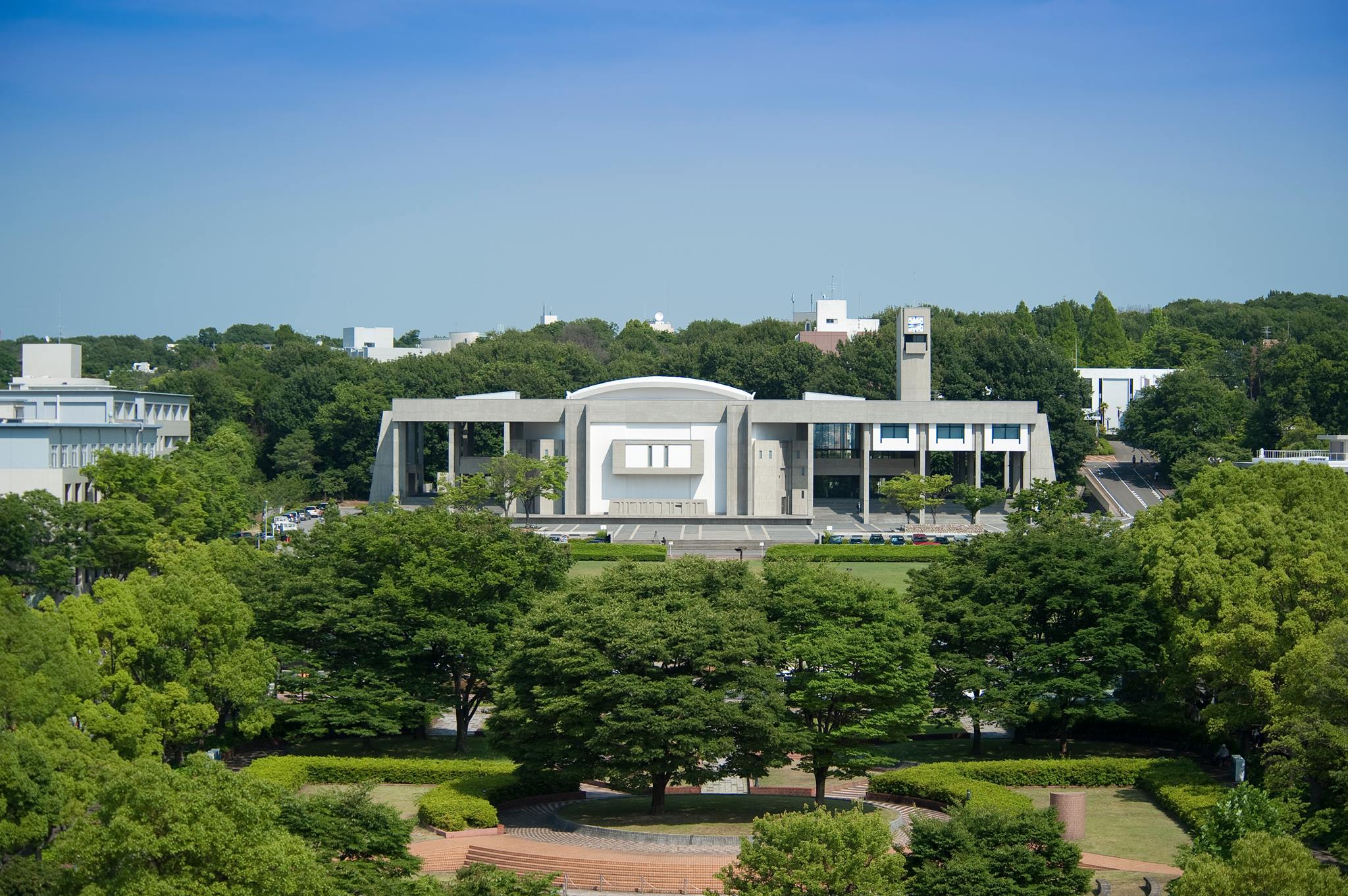Programme Details
Nagoya University - Exchange Programme
About the Programme
Nagoya University, also known as “Meidai”, has a history that can be traced back to 1871, when the Japanese city’s medical school and public hospital - only temporary at the time - opened. It was in 1939 that the institution became known as Nagoya Imperial University (the last of the country’s Imperial universities), before taking its current name in 1947.
Today, Nagoya University has nine faculties, 13 graduate schools, three research institutes, and 18 research centres, as well as a particularly strong reputation for research in the sciences: six of the Japanese Nobel Prize-winners of the 21st century spent time as members of faculty at Nagoya University. This success is attributed to the liberal and vibrant character of Nagoya University, which encourages education and research that are free from traditional and rigid thinking.
The university hosts an annual festival, the Nagoya University Festival (or Meidai-Sai), each June. It is the biggest university festival in the region, pulling in more than 50,000 visitors each year. There are about 100 events at the festival, organised by the university’s clubs and societies. It also includes tours of the laboratories and mock lectures.
From an international perspective, Nagoya University boasts one of the highest ratios of international students in Japan, having close to 200 international academic exchange agreements with overseas institutions. Nagoya University is proud to have developed into a truly world-class university, and aims to gain even further ground and compete with the top universities.

General Information
Institution
Nagoya UniversityProgramme Type
HKU Worldwide Student Exchange
Credit
Credit
Duration
Fall/Spring
This Programme is under “HKU Worldwide Student Exchange”
(Please read the following Application Detail)
Eligibility
Assessment Criteria
English Proficiency
How to Apply